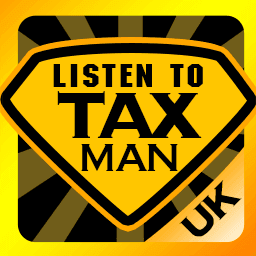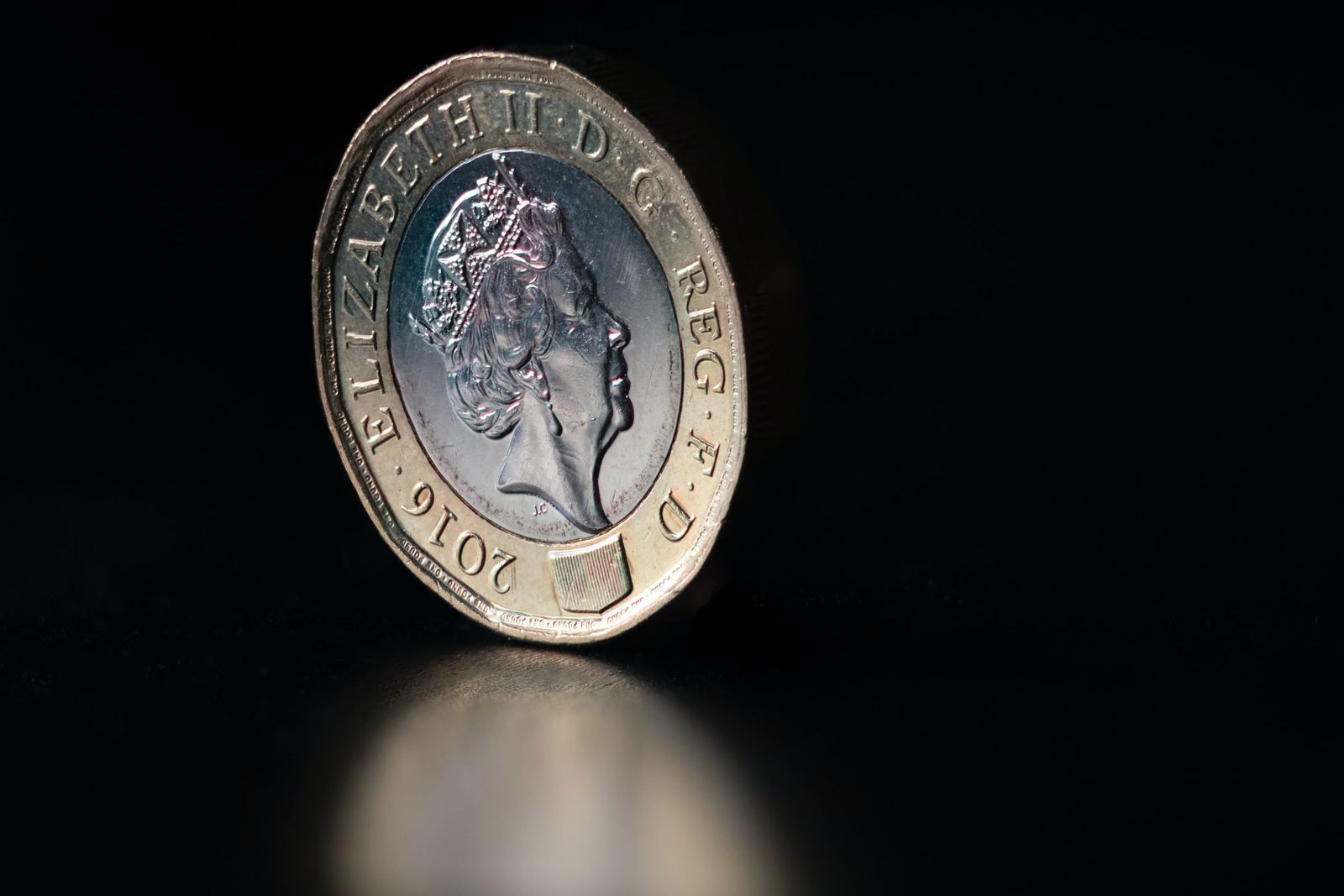Whether to pick up supplies, drop off deliveries, see customers or make site visits to quote for jobs, each year many self-employed people (AKA sole traders) rack up thousands of miles on UK roads while running their business.
You may be self-employed and use your own vehicle to drive far fewer miles for business reasons, but even so, you should still claim your mileage allowance. After all, as well as fuel costs, business journeys help to cause wear and tear that can lead to expensive maintenance and repair bills. And, crucially, the more allowances and expenses you claim, the higher your self-employed earnings.
What is mileage allowance?
If used for business, you may be able to claim a proportion of the actual total cost of buying and running your vehicle, including such things as insurance, repairs, servicing, fuel, etc. This option may or may not enable you to claim more. However, keeping track of every cost and working out the exact proportion of business use for your vehicle takes time and effort.
Instead, many self-employed people claim mileage allowance, a flat-rate scheme that provides a much simpler way to claim back the cost of using your own vehicle for business. Mileage allowance is part of a range of “simplified expenses” options that HMRC offers to self-employed people. They’re designed to make tax admin easier and quicker.
How much mileage allowance can you claim?
If you’re self-employed, you can claim a mileage allowance of:
• 45p per business mile travelled in a car or van for the first 10,000 miles and
• 25p per business mile thereafter
• 24p a mile if you use your motorbike for business journeys.
If you use more than one of your vehicles for business, you don’t have to use the flat-rate mileage allowance option in all cases, you could claim the actual cost for some, and mileage allowance for others. However, once you start using the flat rate mileage allowance option for a vehicle you use for business, you cannot change.
If you travel with someone else who also works for your business, as the driver, you can claim an additional 5p per mile for each extra passenger. So, if three of you travel together, you can claim 45p + 10p per mile (two x 5p per mile for the two additional passengers) for the first 10,000 miles, then 25p + 10p per mile thereafter.
Need to know! Claiming mileage allowance doesn’t stop you claiming for other business travel expenses, such as train tickets and taxi rides. Parking tickets and toll fees while on business can also be claimed as a legitimate business expense.
When can’t mileage allowance be claimed?
You can’t claim mileage allowance for personal journeys, they must be made “wholly and exclusively for business purposes”. And neither can you claim mileage allowance for journeys to and from your usual place of work (ie your commercial business premises). You can claim for travel to a temporary workplace, for example, if you’re a plasterer who needs to travel to different sites and jobs.
Simplified expense claims can’t be used for cars designed for commercial use, such black taxicabs or dual-control driving instructors’ cars. Limited companies cannot use simplified expenses either, as they’re only available to self-employed people.
Need to know! You cannot claim simplified expenses for a vehicle you’ve already claimed capital allowances for or one you’ve included as an expense when you worked out your business profits. Where necessary, seek guidance from an accountant.
Three example mileage allowance claims
- You’ve driven 1,200 business miles in your car during the year.
Calculation: 1,200 miles x 45p per mile = £540
Annual mileage allowance = £540 - You’ve driven 10,000 business miles in your van during the year.
Calculation: 10,000 miles x 45p per mile = £4,500
Annual mileage allowance = £4,500 - You’ve driven 12,000 business miles in your car during the year.
Calculation: 10,000 miles x 45p per mile = £4,500 + 2,000 miles x 25p per mile = £500
Annual mileage allowance = £5,000
Working out your business mileage
Logging your business mileage is a good idea, as it can make it far easier to later work out and claim your mileage allowance. And your claim is more likely to be accurate and credible if HMRC can see precise details of dates, miles travelled, journeys and reasons. HMRC can request proof during an investigation.
It can be wise to get into the habit of recording details after every journey for which you plan to claim mileage allowance. Manually recording your business mileage takes more time and effort, while scraps of paper and notebooks can go missing, so it’s better to record and store your mileage details in a spreadsheet/software, with data stored safely online. Many apps have been created to help business owners track and record their business travel mileage (some even use GPS to automatically measure business mileage).
Some self-employed business owners simply estimate their business mileage, by claiming for a percentage of their vehicle’s total annual mileage. So, if your car does 1,000 miles a month and you can show that half of that is for business use, you can claim mileage allowance of 6,000 miles a year (ie £2,700).
How to claim mileage allowance
Good accounting software will do all of the hard work for you, saving you lots of time and hassle. You enter your business mileage and it calculates your mileage allowance, which you enter into your Self-Assessment tax return. The amount is taken into account and your tax liability is reduced as a result.
If you use simplified expenses to claim mileage allowance, you cannot claim for motoring costs such as insurance, road tax or fuel, because these are accounted for within the mileage allowance.
Need to know! Deliberately inflating your mileage allowance claim can lead to penalties. HMRC takes a very dim view of anyone who deliberately enters false information into tax returns.
For more information
• Visit government website Gov.uk to read Travel – mileage and fuel rates and allowances. There is also an online tool that enables you to Check if simplified expenses could save your business money.

 Our Favourite Tax App?
Our Favourite Tax App?
It's Simple
ListenToTaxman have teamed up with GoSimpleTax, the online self-assessment app to bring you, what is in our view, the easiest way of calculating and submitting your tax return we’ve seen so far. Key in your income and expenses into the app, and it will flag up any unclaimed allowances. Simple.
Once you’re comfortable with the information you’ve entered, simply submit via the app to HMRC. You’ll just need your Tax Reference Number - found on most tax correspondence. GoSimpleTax let you use their software free for 14 days. If you don’t think it’s right for you - don’t pay anything. If you do to choose to submit your tax information via the app, then at most of you will be charged £49 for their service.
Personal Tax


